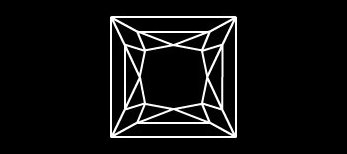Cut
ASPECTS OF CUT
While nature determines a diamond’s clarity, carat weight and color, an expert cutter is required to unlock the fire with a perfectly proportioned cut.
A diamond is cut and polished with an exact number of facets. It’s proportions are derived by mathematical calculation. A well-cut diamond, regardless of its shape offers the greatest brilliance and value. Light will reflect from one facet to another dispersing through the stone. Diamonds that are cut too deep or too shallow will ‘leak’ light and be less brilliant. Keep in mind the difference between a well cut and a poorly cut diamond may mean up to 40% difference in value and fewer than 1% of all diamonds are cut to ideal proportions.
Ideal Proportions
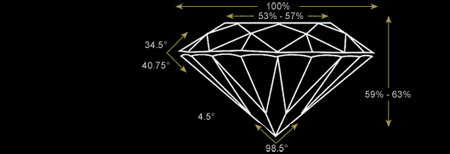
Ideal Cut
The facet junctions forming the table will noticeably bow in. Small table – full crown clean, even girdle.
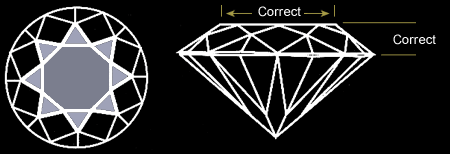
Spread Cut
The table outline will appear to bow out. Large table – flat crown. Thick, irregular girdle.
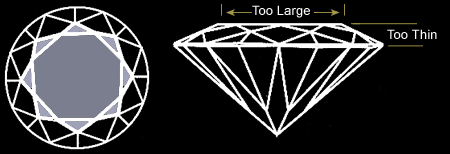
Reflection: Correct
Light will reflect from one facet to another and then disperse through the top of the stone.
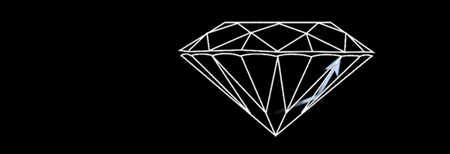
Shallow
Diamonds that are cut too shallow “leak” light and will be less brilliant.
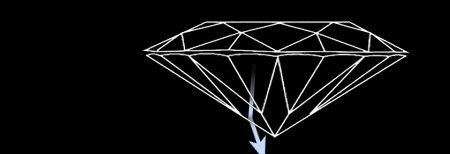
Too Deep
Diamonds that are cut too deep “leak” light and will be less brilliant.
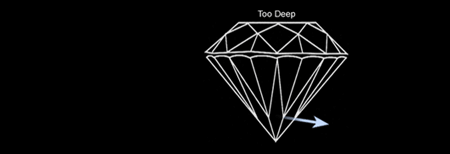
DIAMOND SHAPES
Diamonds can be cut into different shapes. Choosing a diamond shape is a matter of personal preference. All shapes are beautiful if they are cut well, including Marquise, Oval Pear, Radiant, Heart and Emerald. But all fancy shapes have inherent difference in the physics of light.
Round Brilliant
The most popular shape is the Round Brilliant Cut which commands more of a premium per carat because more of the rough is cut away to form the round shape.
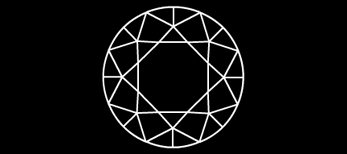
Marquis
The Marquise Cut is a regal, elongated shape with both ends tapered. When choosing an elongated diamond be careful to avoid the ‘bow-tie’ effect. Also, with a marquis cut the length to width ratio should be considered
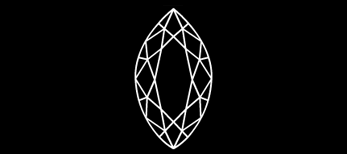
Pear
Although this shape is most often used in pendants, an elongated pear shape can create a slimming effect on the finger. The preferred length-to-width ration is between 1.45 and 1.75.
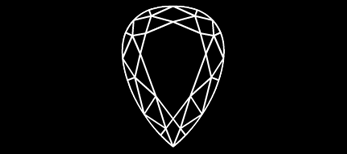
Oval
An oval diamond has brilliance that is similar to a round diamond. The oval shaped diamonds can accentuate slender, long fingers. The length-to-width ratio is important and will determine the diamond’s outline. Ratios between 1.33 and 1.66 are most traditionally accepted for ovals.
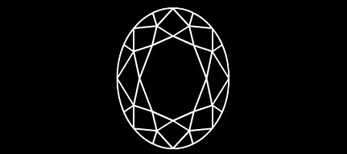
Emerald
The emerald cut diamond is among the most classic of diamond shapes. Inclusions are more visible in the emerald cut. Because of their design, rectangular cut diamonds require more weight to be directed toward the diamond’s depth to maximise brilliance. Depth percentages of 70% to 78% are not uncommon.
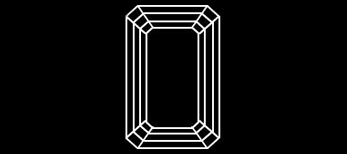
Radiant
The radiant cut is a beautiful combination of the classic emerald cut and the sparkle of the round brilliant. Because of their design, rectangular cut diamonds require more weight to be directed toward the diamond’s depth to maximise brilliance. Depth percentage of 70% to 78% are not uncommon.
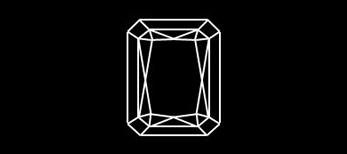
Princess
This shape is the perfect choice if you prefer a square or rectangular outline but want the brilliance of a round. Because of their design, square cut diamonds require more weight to be directed toward the diamonds depth to maximise brilliance. Depth percentages of 70% to 78% are not uncommon.
